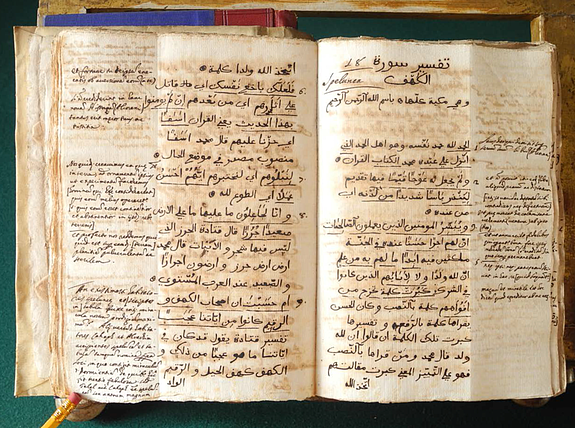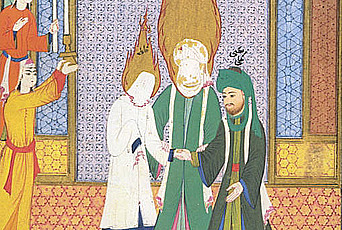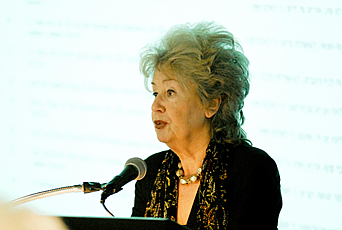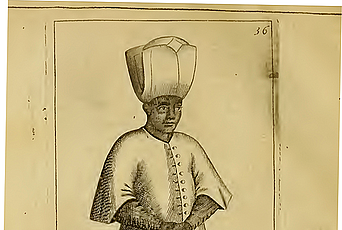Editing the Qurʾān in Sixteenth- and Seventeenth-Century Europe

As Alastair Hamilton stated in 2008 in The Forbidden Fruit: The Koran in Early Modern Europe, “few books were as feared and coveted, as abhorred and desired, as the Qurʾān in early modern Europe.” Religious polemics, trading activities, and travellers’ accounts, reflecting political and social confrontation, have marked Christian Europe’s interest in Islam and its holy book. Along with the life of Muhammad, the Qurʾān is a fundamental piece in Europe’s picture of Islam. European history has struggled through the centuries to relate to and study the Qurʾān, mostly in order to better refute it, but also to advance a growing knowledge of what the text actually states.
For this reason, the Qurʾān has been not only translated, but discussed and polemically attacked, since the twelfth century. It was also studied in the original Arabic through the few manuscripts that reached Europe— knowledge of the Qurʾān was akin to the final step for scholars to demonstrate proficiency in Arabic. The humanist interest in going back to original sources and the invention of printing gave new momentum to interest in the Qurʾān between the fifteenth and sixteenth centuries. In particular, printing and the business interest in the production of books fueled the diffusion of culture. Furthermore, the Reformation broke the unity of western Christianity, which prompted references to Islam for inner rivalries and confrontation. Suddenly, the Qurʾān was not just the book of the enemy, but the aim of scholars and students of Arabic and Islam and the desideratum for typographers and traders. Thus the first Arabic typefaces were created, and the first books in Arabic, though still a rare enterprise, appeared. The Qurʾān was also printed. Paganino and Alessandro Paganini first printed the Qurʾān in Venice, in 1537–38, with the illusion that they could trade it to the Ottoman Empire. The endeavor failed, and a copy of this Qurʾān was only discovered, and thus proved to exist, in 1987.
In a Europe now crossed by inter-Christian fights following the Reformation, a number of scholars of the so-called Republic of Letters cultivated their knowledge of Arabic and of the Qurʾān and, in several cases during the sixteenth and seventeenth centuries, tried to translate and print its Arabic text. Just a few attempts succeeded in producing partial editions, with good or not-so-good typefaces, but most failed, as did Johann Zechendorff’s (d. 1662) work. Thus, complete editions of the Qurʾān in Arabic were printed only at the end of the seventeenth century, thanks to the efforts of Abraham Hinckelmann (d. 1694) and Ludovico Marracci (d. 1698).
The emergence and discovery of new materials, however, are now changing the field. Not only is Paganini’s Qurʾān now under the eyes of scholars, but the fifteen personal manuscripts of Marracci and the complete copy of the Arabic edition with interlinear Latin translation by Zechendorff have been found in Rome and in the Egyptian National Library in Cairo in recent years. The newly discovered manuscripts of Marracci show that he spent decades in his studio in Piazza dei Campitelli in Rome, the place of his religious order, not only answering questions and attending to Vatican politics in which he was influential, but also working on the Qurʾān. He produced almost 10,000 pages of text in Arabic, Latin, and Italian, obsessed with finding the best way to render the Arabic Qurʾān into Latin. He even claimed in his printed work (Padua, 1698) to have translated the whole Qurʾān four times, but his words were thought to be the typical rhetoric of an author who wants to promote his product. Indeed, the discovered manuscripts include all four of the different versions of the Qurʾān he produced over decades, wherein all of the translator’s doubts emerge, revealing the influences behind the changings, erasures, and rewritings in the years before the final version was printed.
The Qurʾān of Zechendorff, found in the Egyptian National Library in Cairo, is a testimony to the sad fate of a years-long work that did not have a happy end. Zechendorff was able to find neither an Arabic typeface nor economic support for printing his edition and translation of the Qurʾān. On European and German soil devasted by the Thirty Years' War, he could produce only a pair of booklets containing small excerpts of his translation, and an awful Arabic typeface engraved in wood.
These materials and further analysis of other sixteenth- and seventeenth-century products evidence how polemical attitudes and the threat of the Ottoman Empire, at least until the siege of Vienna in 1683, did not discourage scholars of Arabic from dedicating years of their lives trying to solve the puzzles of the sacred Muslim text. The complicated Qurʾānic orthography and the exact meaning of some words and passages were major problems, since they had few commentaries, and not even one work on Qurʾānic readings and recitations was available in European libraries and collections. They thus produced, or tried to produce, the first printings of the Qurʾān by overcoming Christian opposition and suspicion; the shortage of Arabic mansucripts, which were brought in small numbers by traders, diplomats, and even fighters on the borders as booty; and all the difficulties the Qurʾān in Arabic presented to the reader. Their activities are thus significant for the history of modern Europe, the translation history of religious texts, and the evolution of European scholarship on Arabic and Islam before the nineteenth century. The challenge for contemporary historians is now to see how the polemical surface hides a deep commitment to knowledge in the face of enormous difficulties. From this perspective, lapses and mistakes, which are necessary to better understand the extent of these works and their limits, are in this case not indicative of a limited knowledge, but testimony to an outstanding lust for knowledge in very difficult conditions that really made the Qurʾān not only a forbidden fruit but also an almost unreachable one before contemporary times.


